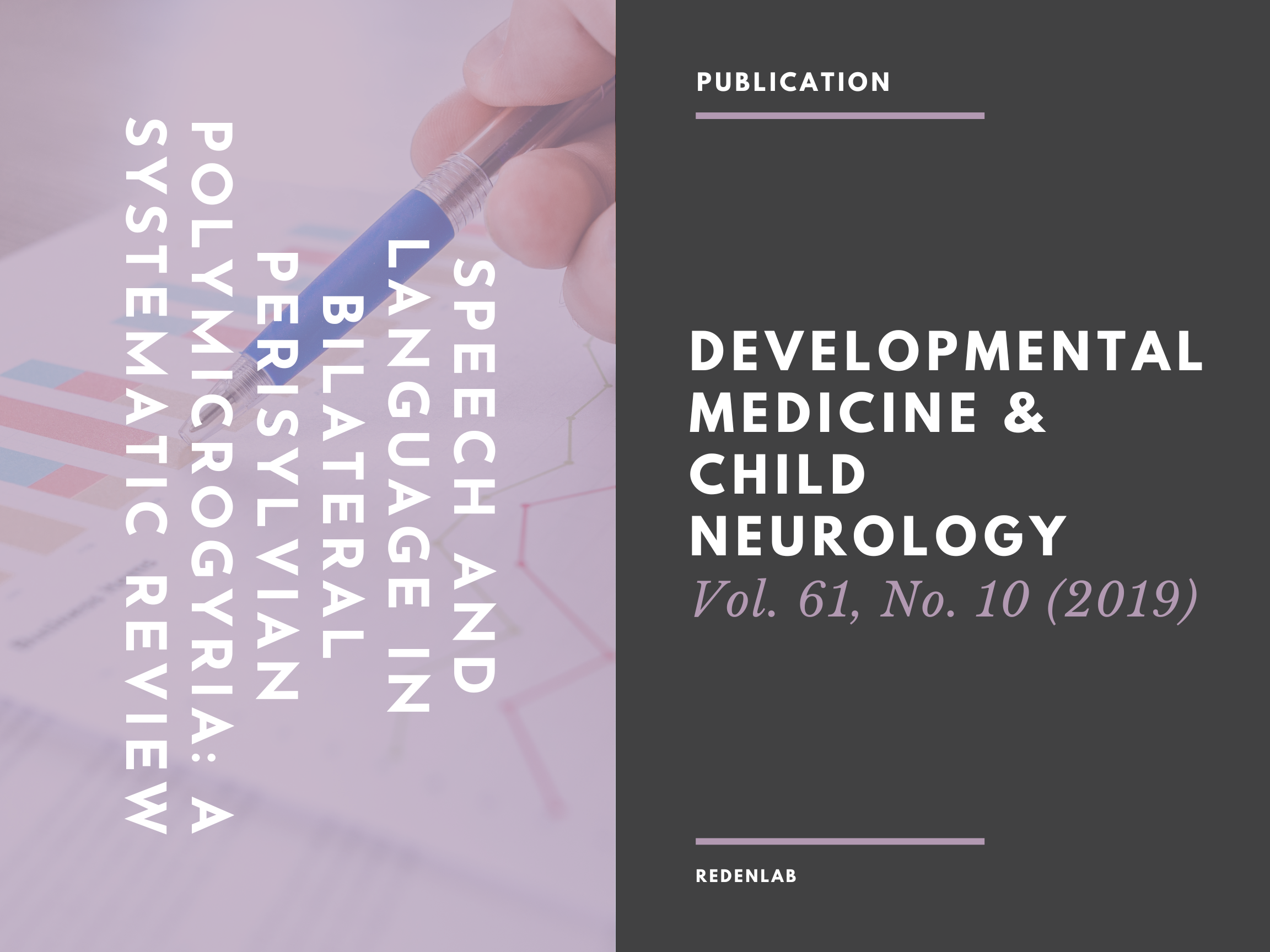SCIENCE: Speech and language in bilateral perisylvian polymicrogyria

AIM:
We aimed to systematically review the speech production, language, and oral function phenotype of bilateral perisylvian polymicrogyria (BPP), and examine the correlation between the topography of polymicrogyria and the severity of speech, language, and oral functional impairment.
METHOD:
A systematic search of MEDLINE, Embase, and PubMed databases was completed on 26th October 2017 using Medical Subject Heading terms synonymous with BPP and speech, language, or oral motor impairment. In total, 2411 papers were identified and 48 met inclusion criteria.
RESULTS:
Expressive and receptive language impairment and oral structural and functional deficits are frequent in BPP. Expressive deficits are frequently more severe than receptive. Only one study used formal assessments to demonstrate the presence of speech disorder, namely dysarthria. Seven studies reported an association between diffuse BPP and more severe language impairment.
INTERPRETATION:
Findings confirmed that language deficits are common in BPP, though assessment of the specific speech phenotype is limited. The paucity of high quality studies detailing the specific communication phenotype of BPP highlights the need for further investigation. Improving understanding of this phenotype will inform the development of targeted therapies and lead to better long-term outcomes.
Click here for more details.
